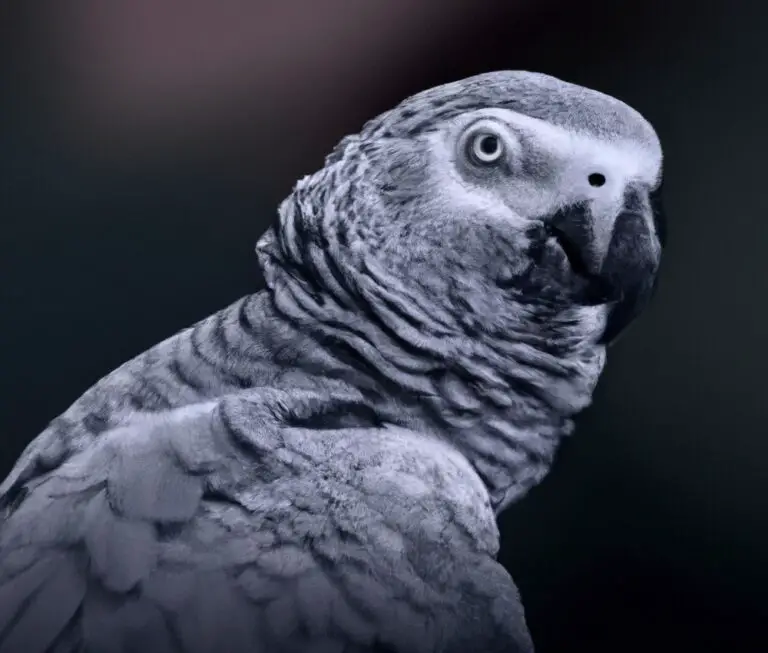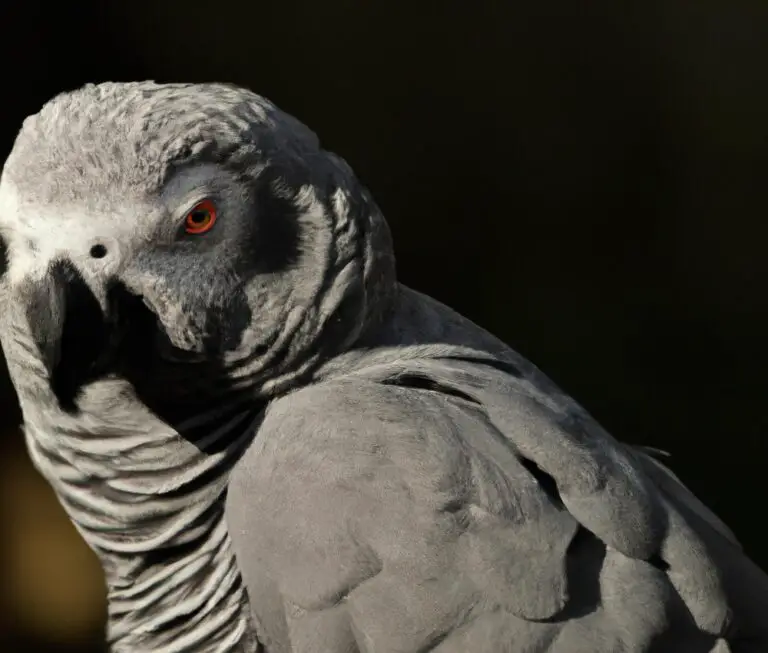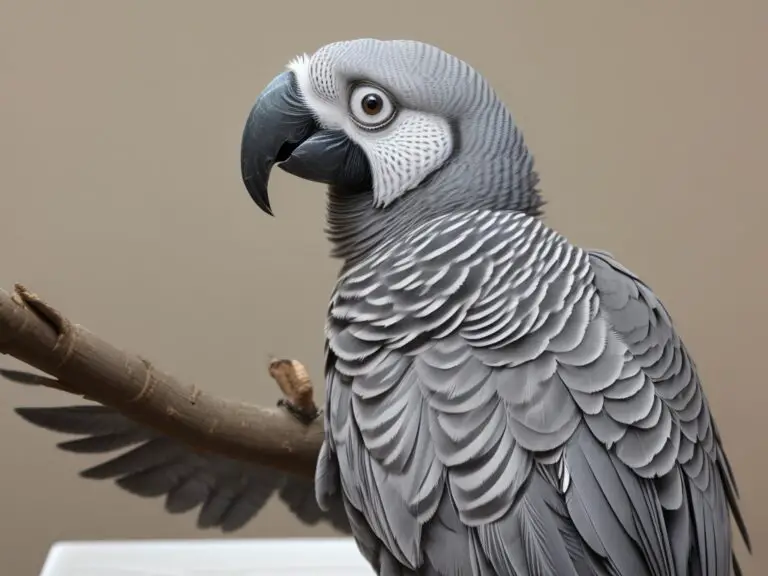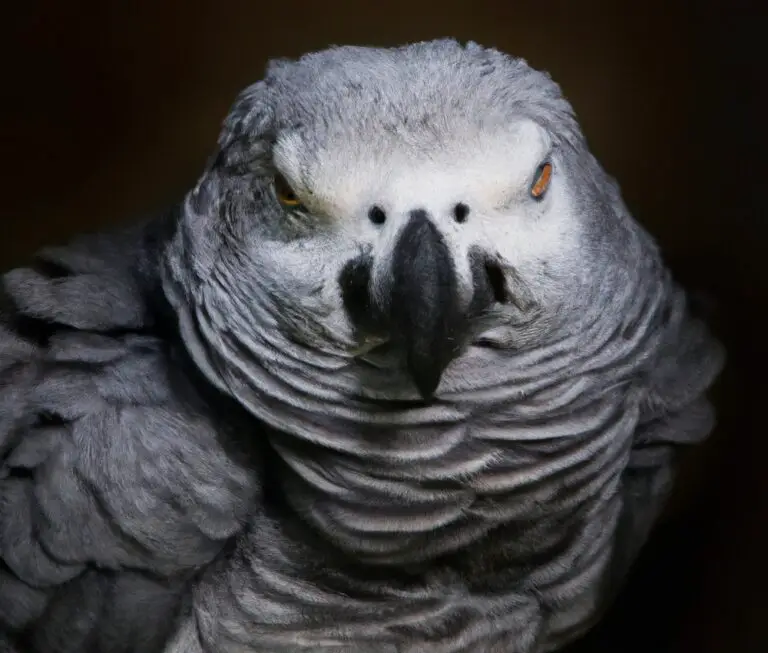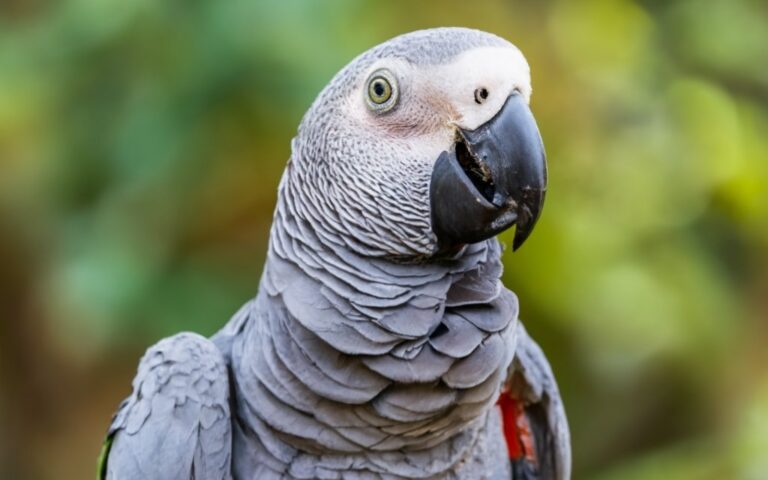What Is The History Of African Grey Parrot Conservation Efforts?
Key Takeaways:
- African Grey Parrots have faced significant threats from habitat loss and illegal trade, leading to a decline in their population.
- Conservation efforts for African Grey Parrots have focused on creating protected areas, raising awareness about their conservation status, and implementing stricter regulations against illegal trade.
- Collaborative international initiatives are crucial for the successful conservation of African Grey Parrots, as they often migrate across borders and require coordinated efforts.
- Long-term monitoring and research are essential to understand the impact of conservation efforts and develop effective strategies for the conservation of African Grey Parrots.
Are you curious to delve into the captivating history of African Grey Parrot conservation efforts? Join me on this thrilling journey as we explore the challenges faced by these magnificent birds and the tireless efforts to protect them.
From habitat loss and illegal trapping to disease and breeding challenges, the threats are numerous and alarming.
Early conservation initiatives recognized the declining populations, resulting in the establishment of protected areas and international trade regulations. Today, various organizations like the African Grey Parrot Conservation Foundation, World Parrot Trust, and the IUCN Parrot Specialist Group are leading the charge.
Stay tuned to discover recent initiatives, successes, and challenges, and the future of African Grey Parrot conservation.
And don’t worry, we’ve got you covered with some FAQs that will quench your thirst for knowledge about these incredible creatures. Let’s dive in!
| Year | Conservation Efforts |
| 1980 | Wildlife Protection Act introduced in various African countries |
| 1990 | African Grey Parrot listed as endangered species by International Union for Conservation of Nature (IUCN) |
| 1992 | CITES Appendix I listing for African Grey Parrots, banning international trade |
| 2001 | Launch of African Grey Parrot Conservation Program (AGPCP) |
| 2005 | Establishment of protected areas and sanctuaries for African Grey Parrot habitat |
| 2013 | Implementation of community-based conservation initiatives |
| 2015 | Global African Grey Parrot Partnership (GAGPP) formed to enhance international collaboration |
| 2020 | Ongoing research, monitoring, and education programs to protect African Grey Parrots |
Threats Faced by African Grey Parrots
African Grey Parrots face threats from habitat loss, illegal trapping and trade, and disease and captive breeding challenges.
Habitat loss and deforestation
Habitat loss and deforestation are major threats to African Grey Parrots.
The destruction of their natural habitat reduces the availability of suitable nesting and feeding sites, leading to declining populations.
Deforestation also disrupts the complex ecological balance, further impacting these parrots.
It’s crucial to address these issues to ensure the survival of this iconic species.
Conservation efforts focus on protecting and restoring their habitats, as well as raising awareness about the importance of preserving forests for the well-being of African Grey Parrots and other wildlife.
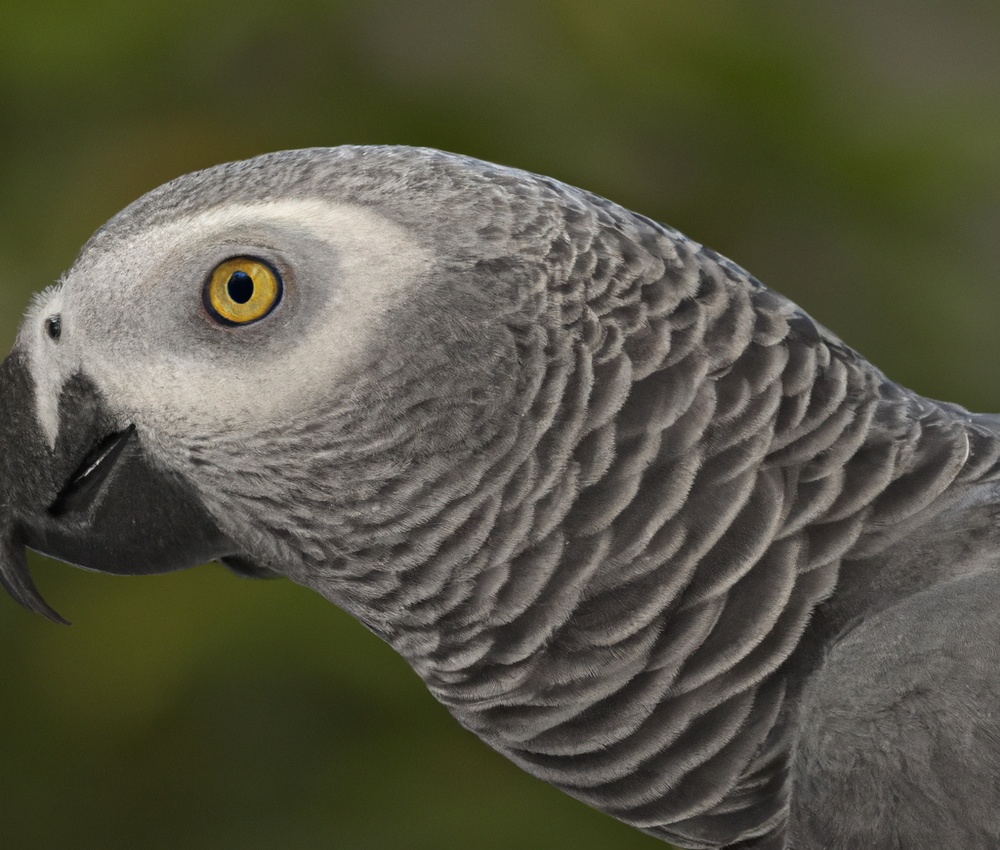
Illegal trapping and trade
Illegal trapping and trade pose a significant threat to African Grey Parrots. These intelligent and beautiful birds are highly sought after in the illegal pet trade due to their talking abilities and unique features.
Trappers catch them in the wild using cruel methods, disrupting their populations and leading to a decline in numbers.
The birds are then smuggled and sold on the black market, often suffering from inhumane conditions during transportation. This illegal activity not only harms the parrots but also disrupts ecosystems and conservation efforts.
Efforts are being made to combat this trade through stricter enforcement, international cooperation, and public awareness campaigns.
It is crucial that we continue to address this issue to protect these amazing creatures.

Disease and captive breeding challenges
Disease poses a major challenge to African Grey Parrot conservation.
They are susceptible to infectious diseases, such as Psittacine Beak and Feather Disease (PBFD) and Avian Bornavirus (ABV).
These diseases can cause severe health issues and even death.
Captive breeding also presents challenges, including limited breeding success and maintaining genetic diversity.
Adequate veterinary care and strict biosecurity protocols are crucial for managing these challenges.
Additionally, ensuring proper nutrition and environmental enrichment for captive parrots is essential for their well-being and successful breeding.

Early Conservation Efforts for African Grey Parrots
Conservation efforts for African Grey Parrots began with the recognition of declining populations. Protected areas were established to safeguard the habitat of African Grey Parrots.
Recognition of declining populations
The recognition of declining populations of African Grey Parrots is a crucial aspect of conservation efforts.
Through extensive research and monitoring, experts have identified a significant decrease in their numbers due to habitat loss, illegal trapping, and disease.
This recognition has led to increased efforts to protect their habitats, regulate international trade, and raise awareness about their conservation needs.

Establishment of protected areas
Establishment of protected areas has been a crucial step in African Grey Parrot conservation.
These areas provide a safe haven for the parrots, ensuring their habitats are preserved and protected from human activities.
Protected areas help mitigate threats such as habitat loss and illegal trapping by enforcing regulations and promoting sustainable land use practices.
They also serve as important research sites for studying the behavior and ecology of African Grey Parrots.
Implementation of international trade regulations
The implementation of international trade regulations plays a vital role in the conservation of African Grey Parrots.
These regulations, such as the Convention on International Trade in Endangered Species of Wild Fauna and Flora (CITES), aim to control and monitor the trade of these parrots, ensuring that it is legal and sustainable.
They set restrictions on the export and import of African Grey Parrots, as well as the trade in their body parts and feathers.
By enforcing these regulations, countries can help prevent illegal trapping and trade, reducing the threat to the species.
Additionally, these regulations promote international cooperation and collaboration in conservation efforts, ensuring a more coordinated approach to protecting African Grey Parrots across their range.
The Role of Conservation Organizations
Conservation organizations play a vital role in the protection and preservation of African Grey Parrots.
African Grey Parrot Conservation Foundation
The African Grey Parrot Conservation Foundation is a dedicated organization working to protect and conserve African Grey Parrots. They focus on research, conservation breeding programs, and education to raise awareness about the threats facing these parrots.
Their efforts play a crucial role in safeguarding the future of African Grey Parrots.

World Parrot Trust
The World Parrot Trust is an organization dedicated to the conservation and welfare of parrots worldwide. They work to protect parrot habitats, combat illegal trade, support research and education, and promote responsible ownership.
They collaborate with local communities, governments, and other organizations to ensure the long-term survival of parrots.
International Union for Conservation of Nature (IUCN) Parrot Specialist Group
The International Union for Conservation of Nature (IUCN) Parrot Specialist Group is a dedicated organization working towards the conservation and protection of parrot species, including the African Grey Parrot. They gather experts from around the world to identify and address conservation issues, conduct research, and develop conservation strategies.
With their expertise and collaboration, they play a crucial role in ensuring the future survival of parrot species.
Recent Initiatives and Research in African Grey Parrot Conservation
Recent initiatives and research have focused on conservation breeding programs, reintroduction efforts, education and awareness campaigns, as well as studying the behavior and ecology of African Grey Parrots.
Conservation breeding programs and reintroduction efforts
Conservation breeding programs for African Grey Parrots involve breeding individuals in captivity to increase their population numbers and genetic diversity.
These programs aim to prevent further decline and provide individuals for reintroduction efforts.
Reintroduction efforts involve releasing captive-bred parrots back into the wild, in suitable habitats that have been protected or restored.
These initiatives are crucial for rebuilding wild populations and ensuring the long-term survival of African Grey Parrots.
Education and awareness campaigns
Education and awareness campaigns play a vital role in African Grey Parrot conservation. They aim to raise public awareness about the threats faced by these parrots and the importance of protecting their habitat.
These campaigns educate local communities, policymakers, and the general public about the impact of illegal trapping and trade, habitat loss, and disease on African Grey Parrots.
By increasing knowledge and promoting empathy, education and awareness campaigns encourage people to support conservation efforts and take action to protect these magnificent birds.
Research on behavior and ecology of African Grey Parrots
Research on behavior and ecology of African Grey Parrots has provided crucial insights into their natural habitat, mating behavior, intelligence, and communication abilities.
Scientists have studied their foraging patterns, social interactions, vocalizations, and nesting behavior.
This research has helped in understanding their conservation needs and developing effective strategies to protect them in the wild.
Successes and Challenges in African Grey Parrot Conservation
Conservation efforts have had some positive impact in African Grey Parrot conservation, but persistent threats continue to challenge their survival.
Positive impact of conservation efforts
Positive impact of conservation efforts:
- Recovery of populations: Conservation efforts have helped stabilize and even increase the populations of African Grey Parrots in certain areas. This is a promising sign for the long-term survival of the species.
- Protection of habitats: Efforts to conserve African Grey Parrots have also led to the protection and restoration of their natural habitats. This benefits not only the parrots but also other wildlife that rely on these ecosystems.
- Public awareness: Conservation initiatives have raised public awareness about the importance of African Grey Parrots and the threats they face. This increased awareness can lead to greater support for conservation measures and more responsible practices.
- Sustainable use: Many conservation programs focus on promoting sustainable practices, such as community-led initiatives that provide alternative livelihoods to local communities. This reduces the dependence on activities harmful to African Grey Parrots, like illegal trapping and trade.
- International cooperation: Conservation efforts for African Grey Parrots have fostered collaboration between countries, organizations, and communities. This strengthens conservation networks, knowledge sharing, and effective strategies for protecting the species across its range.
- Scientific research: Conservation initiatives often involve scientific research that contributes to our understanding of African Grey Parrots. This knowledge is crucial for developing informed conservation plans and conservation breeding programs.
- Capacity building: Conservation efforts have helped build local capacity by training researchers, park rangers, and local communities in monitoring, research, and conservation techniques. This empowers individuals and communities to actively participate in safeguarding the parrots and their habitats.
Persistent threats and continued decline
The African Grey Parrot faces persistent threats that contribute to its continued decline. These threats include habitat loss and deforestation, illegal trapping and trade, and disease and captive breeding challenges.
These factors, along with others, are driving the decline in African Grey Parrot populations.
Despite conservation efforts, the species is still at risk, emphasizing the need for ongoing conservation initiatives and international cooperation. The future of African Grey Parrot conservation relies on addressing these persistent threats and working collectively to protect this remarkable species.
The Future of African Grey Parrot Conservation
The future of African Grey Parrot conservation lies in the ongoing efforts and international cooperation to protect this species.
Importance of ongoing efforts
The ongoing efforts in African Grey Parrot conservation are crucial for the survival of these amazing birds.
They help combat threats like habitat loss, illegal trapping, and disease.
Conservation organizations play a vital role in raising awareness, implementing protection measures, and conducting research.
Without these ongoing efforts, the decline of African Grey Parrots would continue unchecked.
International cooperation and individual contributions are essential to ensure their future.
Need for international cooperation
International cooperation is crucial for African Grey Parrot conservation.
By working together, countries can address the main threats to the species, such as habitat loss, illegal trapping and trade, and disease outbreaks.
Collaborative efforts can lead to the establishment of protected areas, implementation of trade regulations, and sharing of research and best practices.
Only through global cooperation can we effectively protect and preserve these endangered parrots for future generations.
Frequently Asked Questions
What is the lifespan of African Grey Parrots?
The lifespan of African Grey Parrots can vary, but on average, they live for about 40 to 60 years in the wild. However, with proper care and nutrition, they can live even longer in captivity, often reaching 60 to 80 years.
It is important to note that owning a parrot is a long-term commitment due to their extended lifespan.
How is habitat loss affecting African Grey Parrots?
Habitat loss is having a major impact on African Grey Parrots.
As their natural forests are destroyed or fragmented, these birds are losing their homes and sources of food.
This leads to a decline in their population and puts them at a higher risk of extinction.
Without their native habitat, African Grey Parrots struggle to survive and reproduce.
It is crucial that we address this threat and protect their habitats to ensure their long-term survival.
Can African Grey Parrots be kept as pets?
Yes, African Grey Parrots can be kept as pets, but they require a lot of time, attention, and proper care.
These intelligent birds need mental stimulation, a varied diet, and plenty of social interaction.
It’s important to research their needs and be prepared for a long-term commitment before considering them as pets.
How can individuals contribute to African Grey Parrot conservation efforts?
Individuals can contribute to African Grey Parrot conservation efforts by supporting conservation organizations, spreading awareness, and avoiding the purchase of illegally trapped or traded parrots. Additionally, individuals can contribute by participating in citizen science initiatives, supporting habitat protection efforts, and promoting sustainable livelihoods for local communities living near parrot habitats.
Are there any specific initiatives targeting African Grey Parrot conservation in Africa?
Yes, there are several specific initiatives targeting African Grey Parrot conservation in Africa.
These initiatives include conservation breeding programs, reintroduction efforts, education and awareness campaigns, and research on behavior and ecology of African Grey Parrots.
These initiatives aim to protect the species, raise awareness about their conservation needs, and gather information to guide future conservation efforts.
Final Verdict
The conservation efforts for African Grey Parrots have come a long way, but there is still much work to be done.
The recognition of declining populations, establishment of protected areas, and the implementation of international trade regulations have all played a crucial role in preserving these magnificent birds.
Conservation organizations like the African Grey Parrot Conservation Foundation, World Parrot Trust, and the IUCN Parrot Specialist Group have been instrumental in driving these efforts forward.
Recent initiatives focusing on conservation breeding, education, and research have also shown promise.
Despite some successes, ongoing threats and declining populations pose significant challenges.
The future of African Grey Parrot conservation depends on the continuation of these efforts and the need for international cooperation.
Individuals can contribute by supporting conservation organizations, raising awareness, and avoiding the illegal pet trade.
Ultimately, the survival of the African Grey Parrot rests in our hands, and it is crucial that we act now to ensure their protection and thriving populations in the wild.



